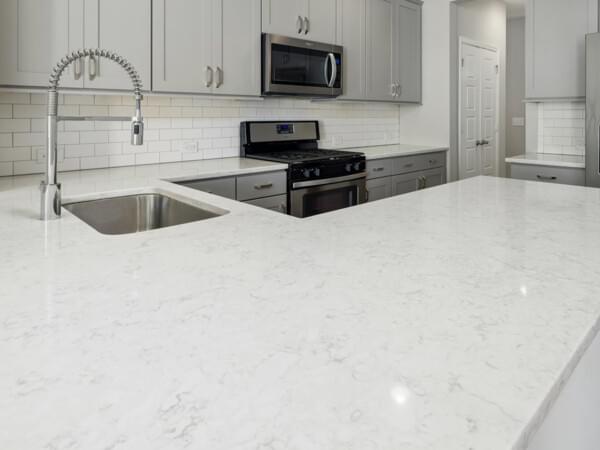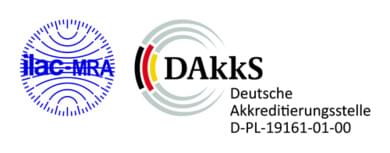Hazardous particulate matter: Australia bans quartz composite countertops
From July 2024, the production, processing, delivery, and installation of quartz composite (also known as stone composite) is prohibited in Australia — a material that is also often used in this country to produce kitchen plates. With this decision, the labor ministers of the Australian states followed a recommendation from the National Occupational Health and Safety Agency. This classified the processing of quartz composite as dangerous for stonemasons and other workers involved.
Australia's largest retailers (including Ikea and Bunnings) have already removed stone composite worktops from their range. In this article, we will look at what makes quartz composite so dangerous and whether a ban in Germany is also to be expected.
 What is quartz composite?
What is quartz composite?
Quartz composite was developed in the 1980s. The material consists of around 90-95% ground quartz, which is combined with dyes and synthetic resin. What makes the material so popular for implementing kitchen countertops? It is tough, sturdy, and durable. In addition, stone composite can look as elegant as granite and marble, but is significantly cheaper to produce. Natural stone is often difficult to find in the desired size and finish. That is why almost all kitchen manufacturers and sellers offer inexpensive imitations.
Why is working with quartz composite dangerous?
When cutting, grinding, or polishing quartz composite, particulate matter (silicon dioxide) containing quartz is released. If this dust is inhaled, it can cause incurable silicosis — popularly known as dust lung, stone masonry, or miner's lung. This condition can lead to lung cancer and death.
According to Australian occupational health and safety authorities, every fourth stonemason down under suffers from silicosis or similar severe lung conditions. Critics are therefore already calling quartz composite “asbestos of the 21st century” or “asbestos of the 2020s.” Since young stonemasons (under 30 years of age) are also dying as a result of silicosis in Australia and the USA, there have been discussions about banning stone composite.
Will quartz composite also be banned in Germany?
Australia is currently the only country that has decided to ban quartz composite. According to research by the Süddeutsche Zeitung, a ban has not yet been planned in Germany.
“From a German and European occupational safety perspective, bans are only very rarely indicated,” says the Federal Ministry of Labour. Instead, they rely on protective measures that are set out in the Technical Rule for Hazardous Substances TRGS 559 for handling substances containing quartz and enable safe work. In 2022, the German Social Accident Insurance recorded 295 cases of silicosis as an occupational illness — significantly fewer than in previous years. However, the VDI notes that mining in Germany has taken place on a much larger scale in the past and may have contributed to higher disease figures.
The prescribed limit for processing quartz composite is 0.05 milligrams of crystalline quartz dust per cubic meter of room air. Australian occupational health and safety experts regard this value as too high. However, since a significantly lower limit at workplaces could hardly be technically controlled, they opted for the complete ban.
Sources and literature for further reading:


